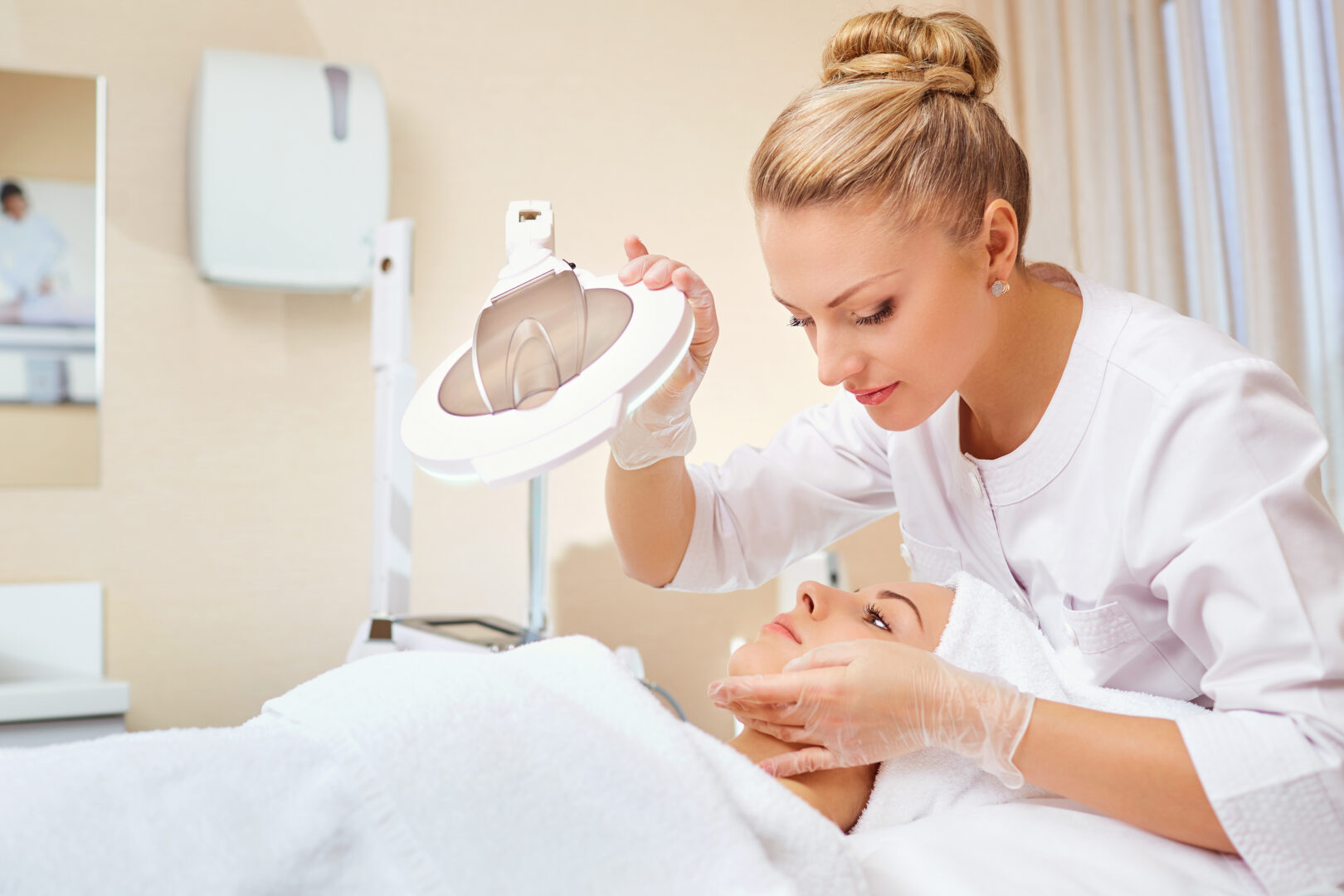We have often heard of the “uniqueness” of each individual, of how different each of us is, and how this “diversity” makes us rich in meaning and particularity. This aspect involves the physical factor which in turn has a strong impact on the psychological one. Today we want to talk about one of the most obvious aspects that makes every individual unique: their own skin.
Taking into account that the skin is the largest and most exposed organ of our body, we should take care of ourselves for a healthy lifestyle and to “feel good” with ourselves. To better understand how to do it correctly, a prudent choice is to undergo a thorough skin analysis. We must be aware of the type of skin we have and in what condition it is, to motivate choices and equally conscious interventions
The main function of the dermis is to act as a “shield” against the sun, air pollution and all external atmospheric agents. To preserve the efficiency of the function of the skin, it is necessary to take care of it, respecting it and above all knowing it in depth; for a correct treatment it is therefore advisable to have a complete analysis of your condition.
The factors that influence the condition of the skin are varied:
- Environmental temperature changes;
- Duration of sun exposure;
- Pollution level;
- If smokes;
- Sleeping habits;
- Daily stress;
- Diet;
What are we missing without knowing the condition of our skin?
To give a practical example, not having a skin analysis before even a dermocosmetic treatment, it’s like trying to make a cake without knowing the ingredients and the recipe; the result will certainly be different from what was expected and usually worse.
Often the choice of treatment of the skin to be administered to the customer (dermo-cosmetics or with the help of different technologies) is influenced by visible symptoms and not by the causes that generated them. Evaluating the type of skin and its condition through an accurate analysis, increases the awareness of the parameters to keep under control to choose the most suitable path for the single individual and therefore obtain the best results.
For example, knowing the level of hydration, the amount of sebum present on the dermis, the level of pores dilation, the depth of wrinkles at different points on the face, etc .; it means facing a more focused and conscious intervention path, with the possibility of clearly better results
Not doing a complete analysis or not doing it in absolute can lead to incorrect assessments about the treatment to choose and use; on the other hand, not getting effects on a treated skin is even frustrating for the individual, as well as entailing costs that could have been avoided. An in-depth analysis of the skin, therefore, makes it safer to choose the path that will therefore be personalized and more effective.
What are the answers that a “skin analysis” must give?
Skin analysis must take into account sebum levels, hydration, roughness, sensitivity, laxity, etc. The objective is also to return a “photograph” of the state of the skin, considering that it is in constant transformation, and to have clear analysis of the parameters that influence the visible state of the skin. For this reason it is important to have software that uses powerful and handy digital microscopes, high-resolution optics, precise capacitive corneometers and sebum-absorbent pads that are strictly single-use.
Your skin must be listened to. Don’t find the answer out of the blue. Ask for skin analysis!


